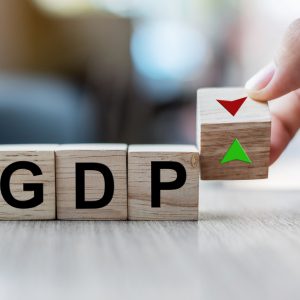The European Environment Agency (EEA) has issued a stark appraisal of Italy. Its country profile for Europe’s Environment 2025 warns that social and environmental problems now overlap.
The report, published 29 September 2025, lists concrete gaps. They span wages, energy poverty, land use, emissions, mobility, food systems and policy design.
A social crisis with an environmental face
The EEA highlights a long period of wage stagnation. “Italy is experiencing a widening economic gap between generations,” the agency notes.
Younger people are most affected. The report links low and stagnant wages to rising energy hardship.
Energy poverty hits millions. The EEA measures household energy poverty at 7.7%.
If one counts households unable to heat their homes adequately, the share rises to 9.5%.
Wage weakness and high utility prices create a vicious circle. Families cut consumption to save. That worsens health, comfort and social inclusion.
Environment and climate: some progress
Italy has made some gains. Greenhouse gas emissions fell by about 20% over the last 30 years. But projected reductions for 2030 fall short of EU targets. The EEA flags an expected 41% cut in some sectors versus a 43.7% target.
Soil sealing and land take remain critical. Since 2006, more than 120,000 hectares have been sealed. Much of this occurred in northern regions. That loss of permeable land pressures ecosystems and raises flood and heat risks.
Air quality has improved but still harms public health. Premature deaths from PM2.5 fell by about 32%. Yet the rates remain high compared with EU goals.
Energy system: dependence and slow change
Italy remains heavily import-dependent for energy. Import dependency has eased from ~83% in 2010 to ~76.1% in 2023. Yet reliance is still large.
Renewables have grown. The power mix fluctuates with hydropower. The EEA warns that the pace of renewables deployment must double to meet the 2030 goals. Electrification of households and services lags the EU average. Natural gas still supplies about 45% of electricity production in 2023.
Permit delays, administrative hurdles and local opposition also slow new renewable projects. The EEA says these institutional issues must be addressed to speed the transition.
Mobility and transport: road dominance, regional divides
Road transport still dominates Italy’s mobility system. Road transport uses over 90% of the sector’s energy. Petrol and diesel remain the most common fuels. Car ownership is among Europe’s highest. Italy recorded roughly 694 cars per 1,000 residents in 2023.
Public transport remains uneven. Outside big cities, coverage, regularity and speed lag. Bus and train fleets still show older, higher-emission profiles.
The EEA says Italy must push shared mobility, low-emission zones, cycling infrastructure and pay-per-use services.
Food systems and biodiversity pressures
Italy scores well in organic farming and protected areas. But problems persist.
Useful agricultural area has declined by around 22% since 1982, partly because of land abandonment.
Use of fertilisers, packaging and certain pesticides remains high.
These substances appear in 56% of surface water samples and 32% of groundwater samples.
Food waste is large. The EEA estimates systemic loss equals about two thirds of calories produced. This undermines food security and raises environmental costs.
Policy, finance and governance shortfalls
Public spending on environmental protection stands at 2.6% of GDP, mostly private.
Yet environmentally harmful subsidies still have significant weight. The EEA calls this paradoxical.
The agency urges fiscal shifts. It recommends moving the burden away from productive assets and towards pollution.
The EEA also points to the National Recovery and Resilience Plan (NRRP) and the National Sustainable Development Strategy as key tools.
It says these must be used in a targeted way to finance the green and social transition.
The EEA argues for an integrated policy approach. Environmental protection must pair with social measures and innovation. The goal is resilient, fair growth.
Key priorities the EEA sets out are clear:
- Ramp up renewable energy and speed permits.
- Double the pace of energy consumption reduction to meet 2030 targets.
- Tackle wage stagnation and energy poverty with targeted welfare measures.
- Rebalance subsidies away from fossil fuels and towards green investments.
- Protect more land and strengthen biodiversity measures to reach the EU 30% target for protected areas.
Source: European Environment Agency, Europe’s Environment 2025 report.





